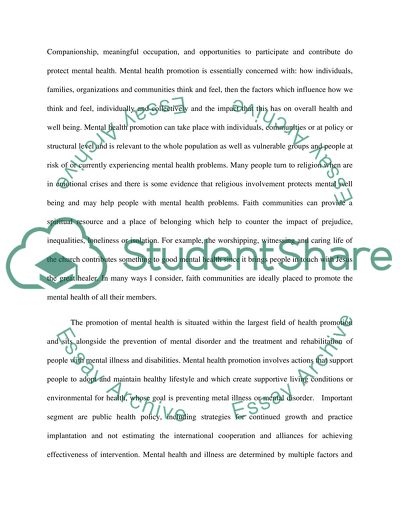Cite this document
(“The promotion of diversity in mental healthcare Essay”, n.d.)
Retrieved from https://studentshare.org/miscellaneous/1505802-the-promotion-of-diversity-in-mental-healthcare
Retrieved from https://studentshare.org/miscellaneous/1505802-the-promotion-of-diversity-in-mental-healthcare
(The Promotion of Diversity in Mental Healthcare Essay)
https://studentshare.org/miscellaneous/1505802-the-promotion-of-diversity-in-mental-healthcare.
https://studentshare.org/miscellaneous/1505802-the-promotion-of-diversity-in-mental-healthcare.
“The Promotion of Diversity in Mental Healthcare Essay”, n.d. https://studentshare.org/miscellaneous/1505802-the-promotion-of-diversity-in-mental-healthcare.


